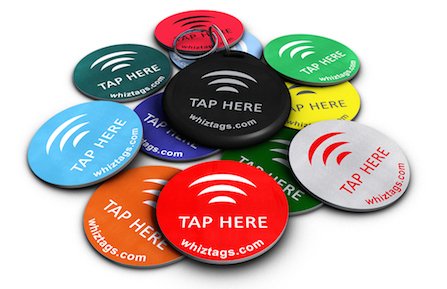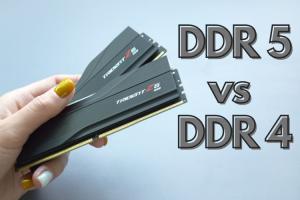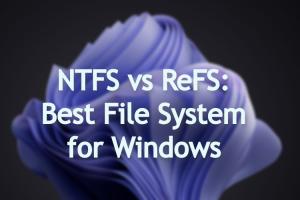NFC, or Near Field Communication, is not new by any means. It has been available in high end smartphones for quite a number of years, now. However, it is still largely a technology that most people still don’t know much about. So, if you’re wondering what NFC tags are, and how this technology works, we’ve got you covered.
What is NFC Tag
Simply put, an NFC tag is a small piece of circuitry, with a coil, and a microchip that can be programmed to perform some action whenever it gets activated. These tags come in four types: Type 1 to Type 4. Each of these types have a different amount of data that they can store, and the speed with which they transfer this data also varies with the type.

You can refer to the table below to check out the different capacities, and transfer speeds for each of the NFC Tag types.
| Type | Capacity | Transfer Speeds |
|---|---|---|
| Type 1 | 48 bytes | 106 kbit/s |
| Type 2 | 2 kB | 106 kbit/s |
| Type 3 | 2 kB | 212 kbit/s |
| Type 4 | 32 kB | 106 - 424 kbit/s |
NFC Tags usually only work up to a range of around 4 inches. This might seem like a disadvantage, especially when compared to other methods of radio communication, but this is done for a reason, as we’ll see in the next section. The biggest argument in favour of NFC tags, is that they are extremely cheap to manufacture.
How NFC Tags Work
NFC tags are passive devices – that is to say that they don’t have any batteries, or source of power built-in. They work on the concept of electromagnetic induction – a process by in which if there are two coils in close proximity, and one of them has a electric current flowing through it, the other coil gets an induced current, as well.

So, when a NFC capable device comes in proximity of an NFC tag, it induces a current in the circuitry of the NFC tag, which activates its microprocessor, and transfers data to the device in question. This data can be anything from a simple URL, to more complex instructions. You can even use NFC tags to automate workflows on your smartphone.
NFC Tags are programmable, so you can easily program an NFC tag, using apps like this, to transfer whatever data you want, to your NFC capable smartphone. While some NFC tags are reprogrammable – which essentially means that you can reprogram them later on to do something else -others are not. Type 1 and Type 2 NFC tags can be written to multiple times, and can also be locked, or encrypted, to add security. Type 3 and Type 4 NFC tags can only be written to once, and they don’t support encryption.
SEE ALSO: How to Totally Automate Android Using Tasker
Use NFC Tags to Automate Tasks on your Smartphone
NFC Tags, are available for a variety of price ranges, and are usually not too expensive, which makes them the perfect candidate for affordable automation. You can set up NFC tags to trigger an SMS on your phone, place a call, launch a web URL, and do a whole lot more. You can buy NFC tags for around $14 for a 9 pack, and use apps such as MacroDroid to automate stuff on your Android phone. Prices usually vary depending on the “Type” of NFC tag you’re purchasing. As always, we would like to know your thoughts on NFC technology, and it’s practicality. Let us know in the comments section below.



















Not bad, I’m very interested on there potential and what can be done with them…..
I’m on the fence. Someone would have to explain to me how they could be used before I buy into the technology or idea.